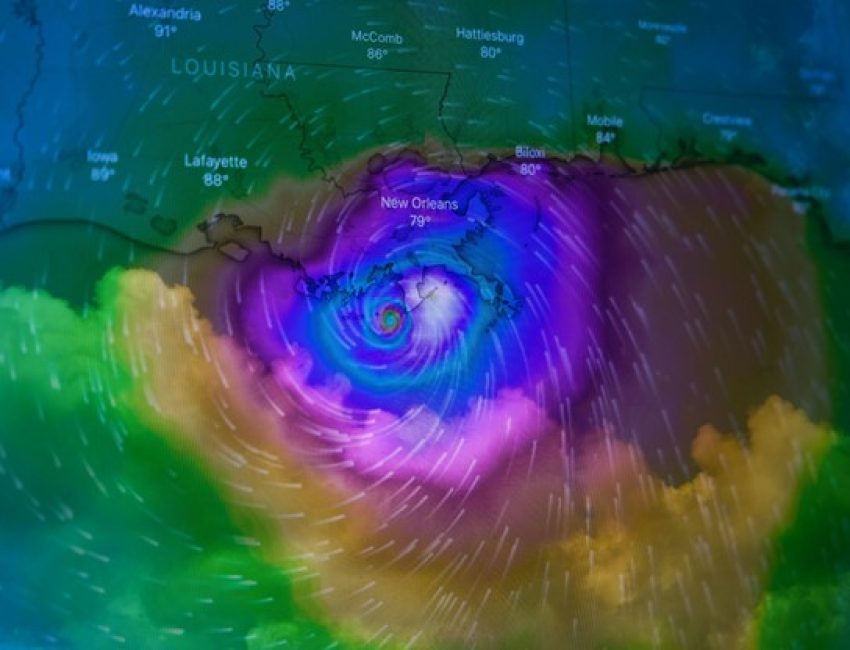There are some things you just can’t predict; but as a sales professional, you want your sales predictions to be as close to reality as they possibly can be. Data can help you look at your past sales and make an informed prediction if not a certain one. But how do you get your forecast accuracy as close as possible? In today’s blog, we’ll discuss forecast accuracy and the strategies to best improve it.
What Is Forecast Accuracy?
Forecast accuracy looks at the predictions you made at the beginning of a period and measures them with the reality that occurred. The closer your prediction was to reality, the better your forecast accuracy. In sales, this is often comparing your sales predictions or sales quota with the actual sales you made over a period of time.
Sales predictions are important to give your team something to work towards, as well as something to present to your executives so they know what to expect from your sales team. You make sales forecasts by analyzing your sales data from past quarters, searching for trends, and then making predictions based on them. Ideally, your sales forecast accuracy should be within 10% of reality.
How To Improve Your Sales Forecast Accuracy
Unfortunately, less than half of sales professionals feel confident about their company’s ability to accurately forecast sales. Sales forecast accuracy is clearly a tricky art to master, but here are a few tips to help you get on top of it:
#1 – Start Simple
Don’t create a complicated process for forecasting your sales, especially if you’re new to it or unsure of your ability to do so accurately. Keep things simple. Forecast the sales you can easily predict you’ll meet based on the data, not the numbers that would look best on paper. When you do this, it will be easier to get within that desired margin of forecast accuracy. You can add more steps as you become more comfortable.
#2 – Organize Your Data
The better organized your data is, the more accurate your sales forecasts will be. Think about it: is it easier to analyze a data set of clear, validated, and easily defined numbers or a mess of disorganized records? With better organized data, it will be much easier to spot trends and patterns that can impact your sales forecast. You can also know that this data is coming from solid, validated sources.
#3 – Know the Different Forecast Methods
So how do you plan to forecast your sales? There are a few different methods. The one we’ve referenced the most in this blog so far is the historical method: looking back through past sales quarters to inform the future. You can also use the pipeline method, which looks at the sales pipeline for each sales professional and the leads that are most likely to close. Another popular method is to base your forecast off the length of the sales forecast.
#4 – Find an Effective Process and Stick To It
Figure out how your sales team works best, the workflow that makes you the most productive without crashing and burning out. When you have a sustainable, consistent process, stick with it. How does this help with forecast accuracy? Because the more consistent your work output, the more consistent your sales. Sales may be impacted by external factors, of course, but much of it comes down to the productivity of your sales team. When you have a consistent process, your sales forecasts become a bit more predictable.
#5 – Identify Past Mistakes
Gaining mastery is a matter of trial and error. Making mistakes is part of the process, but learning requires you to identify those mistakes so you can improve. So take a look at your past sales forecasts that fell short of accuracy. Did you under forecast? Over forecast? What happened that you weren’t expecting? This will help inform your future forecasts.
#6 – Improve Your Sales Forecast Training
Part of the problem may come down to training. Are your sales professionals trained to accurately forecast sales? If so, when was the last time you conducted training? More than a year or two ago, and your training might just be out of date. Conduct new training and look at new training methods to see if there’s something you might be missing. By better training your team, you can all approach sales forecasting with preparedness and confidence.
Predicting the future doesn’t have to be some magic fairytale. With these strategies, you and your sales team can finally get a handle on accurate sales forecasts.


